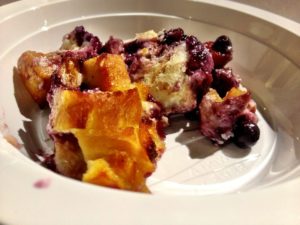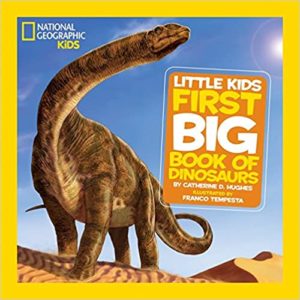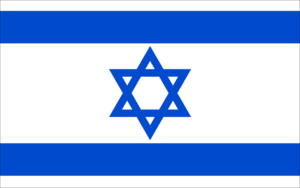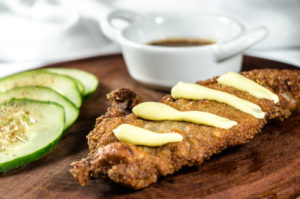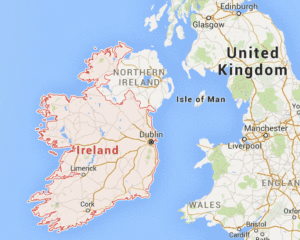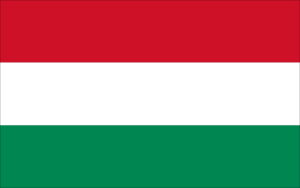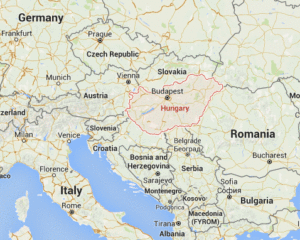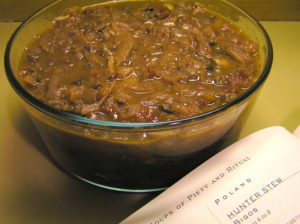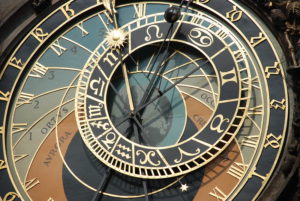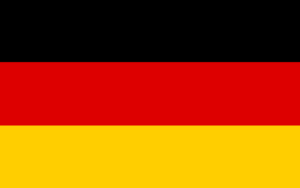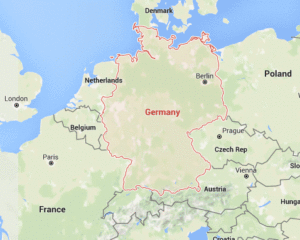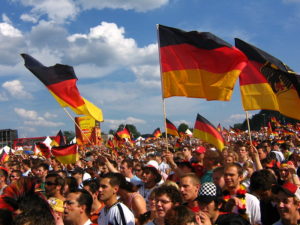Johannes Gutenberg was born in Germany in 1400. His invention led to the first printing press.
Grimm’s Fairy tales, originally written in German, have been translated into 160 languages.
Amalie Emmy Noether, born in Bavaria, was a German mathematician best known for her contributions to algebra and theoretical physicals. Many people (including Albert Einstein) called her the most important woman in the history of mathematics.
Born in 1875 in Germany, Albert Schweitzer studied music, science and religion. He won the Nobel Peace Prize and is probably best remembered for bringing modern health care to Africa 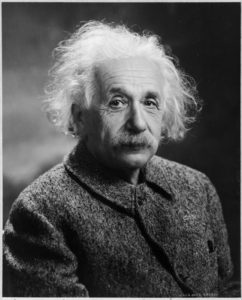 in the early 1900s. He said something that you might want to think about: “Constant kindness can accomplish much. As the sun makes ice melt, kindness causes misunderstanding, mistrust, and hostility to evaporate.”
in the early 1900s. He said something that you might want to think about: “Constant kindness can accomplish much. As the sun makes ice melt, kindness causes misunderstanding, mistrust, and hostility to evaporate.”
Albert Einstein, born in Germany in 1879, lived in Italy, Switzerland, the Czech Republic, the Netherlands and Israel before becoming a US citizen. As a child he loved to build houses out of playing cards. He is best known for his scientific theories, but he also worked to support the United Nations, nuclear disarmament, and civil liberties.
Anne Frank, born in Frankfurt, Germany, was a Jewish Holocaust victim who kept a diary while in hiding in the Netherlands. Her diary become one of the most important books in history and has been translated into 60 languages. In 1999, Frank was labeled as one of “the most important people of the century” by TIME Magazine. Many organizations, foundations and memorials have been set up in her name.

